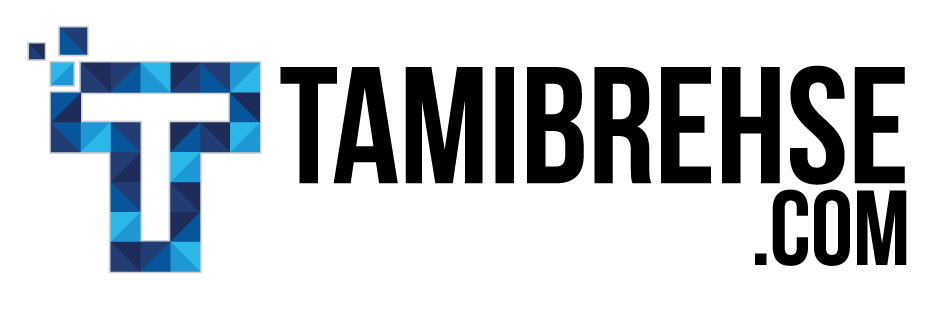If you’ve been using Facebook Ads for a while, you may have noticed a recent change to the Ad Set screen within your Ads Manager called the Learning Phase. If you’re new to Facebook Ads, maybe you’ve been wondering exactly what this little indicator means.
In this post, we’ll break down what The Learning Phase is and how to make sure you’re using it to your advantage in your Facebook ad campaigns.
The ‘Learning’ Phase
When you launch a new Facebook campaign and it’s approved, you’ll see a new label within the Ad Sets tab in the Delivery column.
The Delivery status will be shown as ‘Active (Learning)’. This is an indicator Facebook has added within the past few months, but the learning phase itself is nothing new.
When your ad campaign first starts running, the Facebook algorithm needs time to determine who to show it to and where to display the ad for best results. In other words, it goes through a period of optimization, which happens automatically.
During this time your ad will go through a lot of fluctuations. You might see sharp increases or decreases in performance and CPAs ranging all over the place as Facebook works to stabilize performance. It’s a little like when you’re learning to ride a bike; eventually you get the hang of it and can keep the bike steady, but at first you’re wobbling all over the place and maybe even crashing a few times.
The important thing to understand here is that this is normal, so you shouldn’t freak out about wide swings in your ad’s performance—at least not during the learning phase.
Facebook says this phase has always existed, but the change simply lets users know when it’s going on, which seems like a pretty smart idea.
[convertkit form=5181496]
How long does the learning phase last?
The duration of the learning phase can vary from days to weeks depending on your ad’s budget and the type of event you’re optimizing for. I’ve read some perspectives that say it can take several months for a Facebook ad to fully optimize. However, Facebook says the learning phase typically lasts until 50 conversion events have occurred.
So, if your ad is trying to achieve website clicks, the learning phase will last until you get about 50 clicks. The same goes if you’re looking for adds to cart or purchase completions. As you can see, if you’re optimizing for a major purchase event, this could take a while.
During the learning phase, you should avoid making major changes to your ads. This means not editing things like:
- The creative (AKA the photos/videos used in your ads)
- The ad copy
- Big changes to the budget
- The ad type
- The ad’s objective
Every time you make one of these big changes, your learning phase resets and Facebook has to start optimizing all over again.
Thus comes the hardest part for antsy marketers: when you first launch a Facebook ad, you need to set it and forget it—at least for a few days. This goes against every instinct we have to optimize, optimize, optimize, but it’s crucial if you want to get a good baseline from which to manually optimize your ads.
How to speed up the Facebook ads learning phase
There are a couple ways you can make the learning phase happen faster so you can start manually making tweaks to your copy and creative.
You can start out with a larger budget than you’d typically spend, which will help put your ad in front of a larger number of people faster. In theory, this should help you achieve more conversions.
However, this won’t always be the case; if you’ve got an ad that’s poor to begin with, you might just be throwing money out to show a ton of people a bad ad.
A better option, especially if you’re new to writing and creating ads, if to optimize for a lesser conversion event to start with. For example, let’s say you ultimately want to achieve purchases. You might start out by choosing the ‘add to cart’ objective instead, since it’s easier to achieve. If you’re looking for adds to cart, you might instead optimize for clicks to your website or views of your ad’s video.
This gives Facebook more leeway to find out what types of people are likely to interact with your brand. Once you’ve got a solid foundation, you can start pushing for greater events like purchases.
Get my latest marketing and copywriting tips delivered to your inbox as soon as they’re posted! Subscribe below and never miss and update.
Tami Brehse
Latest posts by Tami Brehse (see all)
- This White-Hat Link Building Tool Will Supercharge Your SEO Strategy - May 20, 2019
- 6 Steps To Take Before Launching A New Business - February 1, 2019
- How To Build A Website For A New Business: The Basics - January 13, 2019





